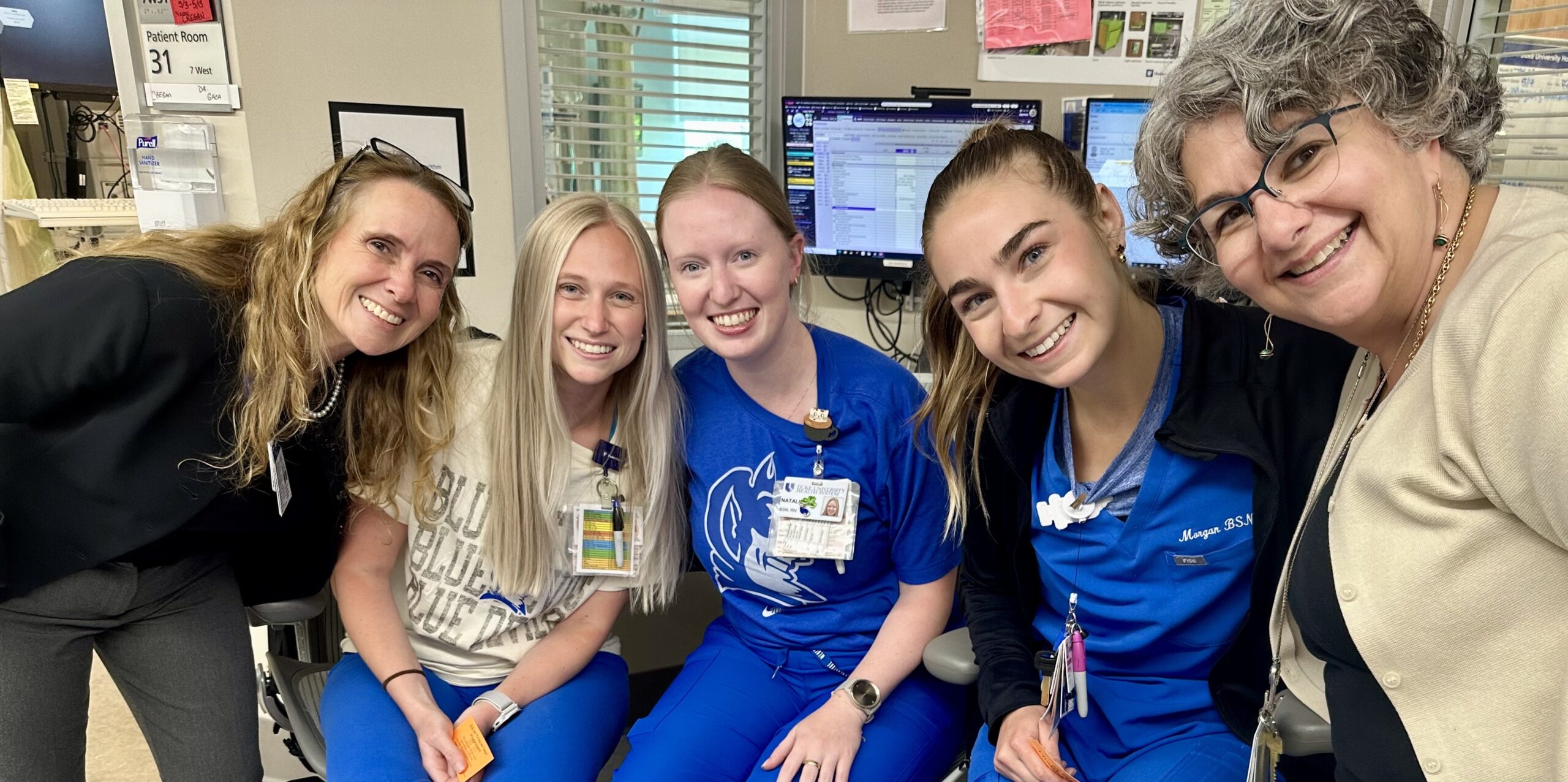Did you know the number one reason nurses leave the workforce is burnout?
Early in my career, I worked back-to-back shifts – daytime straight into nighttime. You keep going because patients need you, because the team is counting on you. But you leave with nothing left to give. That isn’t resilience, it’s a system stretched too thin.
Burnout is not a personal failure. It’s a sign that something in the way we are running healthcare is out of balance. When nurses are stretched past safe limits, when overtime becomes the norm, when talented clinicians decide to walk away, it is the system speaking loud and clear: we need to design differently.
For me, the answer has not been another top-down initiative or the latest technology dropped onto the floor. The best solutions have come out of co-design. By that I mean involving the people who actually give the care – nurses, physicians, allied health staff – in designing the very tools and workflows they rely on every day. Staffing systems, safety training, documentation processes. When they are part of the design from the beginning, technology starts to serve differently. It gives back time, steadies the unit and rebuilds trust.
At Duke Health, I’m proud to say overtime has come down and retention has gone up. But the more powerful change is what you feel when you walk onto a unit. Teams are more rested, there are calmer handoffs, and steadier care at the bedside. Patients can sense that, so can their families.
Staffing is one of the clearest examples. It is where the strain is felt most acutely. We are implementing AI-supported scheduling tools that can forecast demand, balance assignments, and make schedules more predictable. But the technology itself isn’t the breakthrough. The breakthrough was how we built it, with frontline input. Nurses told us how they wanted to enter preferences. Charge nurses told us how they needed to see options in real time. Leaders told us what visibility would help them plan ahead. By designing together, the outcome is a system that is fairer, gives leaders confidence, and results in calmer units with fewer last-minute floats. Patients benefit through continuity of care and more time with staff who are present and prepared.
Another example came out of our Nurse Innovation Summit. Nurses told us plainly that traditional safety modules were not preparing them for the real stress of de-escalation when a patient or family member became agitated. We listened and together, we built immersive VR training scenarios – by nurses, for nurses. More than 5,000 hours of practice have been completed. Incidents of workplace violence are dropping. Clinicians tell us they feel more confident and more in control because they’ve rehearsed the hardest moments before they happen. That is intelligent innovation in action – it’s practical, human-centered, and directly tied to outcomes that matter.
This is how I define intelligent innovation. It is not about the shiniest platform or the trendiest vendor. It is about compassion and evidence, side by side. It starts by listening to lived experience. It continues by turning those insights into practical tools or workflows. And it only ends when we see real change on the unit. If a solution doesn’t reduce cognitive load, improve safety, or give back time, it is not finished.
I also see intelligent innovation through the lens of prevention and wellness. Staffing equity, safety, and scheduling are not “add-ons” to quality – they are its foundation. When teams are rested, they think more clearly. When people feel supported, they stay. When units run steadily, patients receive safer care. These are upstream drivers of outcomes, not secondary concerns.
The way we work is simple, even if the problems are complex. Co-design from the start, measure what matters including overtime, retention, incident reports, and continuity. And lead with compassion. If something creates more friction, we redesign it.
Burnout eases when people have the time, tools, and trust to do their best work. That is why AI-supported staffing and VR safety training matter as proof of what happens when we design differently. The bigger shift is a cultural one. Co-design turns improvement into something we own together, not something pushed down from above. And that is how care becomes sustainable again – for the people giving it and for the patients relying on it.
